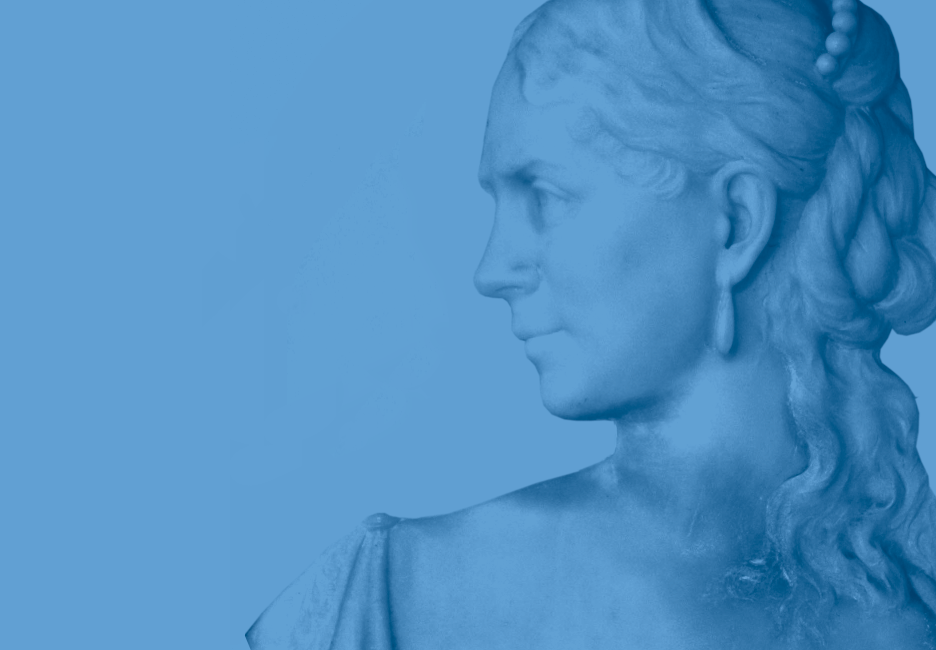Maria Bissell Hotchkiss
About The First Lady of Town Hill

Maria’s education began in a red school house located on the lane leading westerly from her home in what was known as the Harrison District. The lane was known for its large beds of fringed gentian in the summer, and its snowdrifts in the winter; it was always the first road in town to become impassible due to snow. She began her career as a teacher at the same school she attended in Salisbury, earning $1.12 per week.
In 1850, Maria met her husband, Benjamin Berkeley Hotchkiss, who would eventually become one of the world’s leading arms manufacturers. After Benjamin’s death in 1885, Maria inherited his fortune and wanted to put it to good use in her community. She considered paving the rutted roads of Salisbury and Sharon, but in the end, she decided to establish a school on the 65-acre property referred to as Town Hill, with views to the north of the Berkshire-Taconic range and Lake Wononscopomuc to the west. The hilltop had ties to one of the first and most prominent industries of the area, the iron-works, and was home to early English settlers and Salisbury residents, including Revolutionary War heroes and historic national figures. Timothy Dwight, president of Yale University, established himself as a guiding force in the School’s early days, and he believed that the School’s mission shoud be to prepare young men for college, and in particular, for Yale.
But Maria didn’t want to establish a school “for the pampered sons of rich gentlemen;” she believed in making education accessible to local boys whose families couldn’t afford the $600-per-year tuition. So she agreed to Dwight’s proposal on the condition that scholarships be offered to deserving students, pioneering a financial aid program long before other independent secondary schools. In its early days, Hotchkiss waived tuition for six students: three from Salisbury and three from Sharon. Maria also believed in building a strong connection with the surrounding community, appointing local leaders and businessmen to the board of trustees.
From the start, there was conflict between Maria and the men who became the first stewards of the School — namely, the board of trustees, over which Dwight presided. Some of those conflicts were rooted in contemporary attitudes about women who took on leadership roles in the public sphere. But there might also have been some not-so-sublte elitism at work: Maria was a farmer’s daughter, and the men on the board of trustees were, in many cases, well-educated captains of industry. As a result, she had to fight to make her voice heard.
Although the School was nondenominational at its founding, the first order of business on opening day, October 19, 1892, was a Chapel service. Architect Bruce Price complimented the School’s outstanding location by designing a building with a 325-foot corridor running the entire length of the structure, extending along the hilltop. The physical design resulted in frequent contact among students and teachers.
In keeping with the systems of democracy and self-government, the boys sat at tables in the dining room with no direct supervision. Study hall was at first, unsupervised as well. High standards and rigorous academics were put immediately in place. Edward G. Coy, head of the Greek department at Phillips Andover Academy, was selected as the first headmaster. Along with Coy came David Y. Comstock, head of the Latin department at Andover, who would serve as associate master. Their legacy laid the foundation for the strong classics program that exists at Hotchkiss today.
The basic principles of individual responsibility and personal accountability remain to this day, with a strong emphasis on character building and service to others. Hotchkiss continues to offer a strong liberal arts education and is committed to sustaining a wide range of academic, artistic, athletic, and extracurricular offerings. The School retains its commitment to financial assistance, remaining true to Maria’s founding principle: today, nearly one-third of Hotchkiss students receive some degree of financial aid. Maria’s family motto, etched in the frame of the portrait that now hangs in the dining hall, speaks volumes about her ethos: “In recto decus: Glory consists in fair dealing.”

